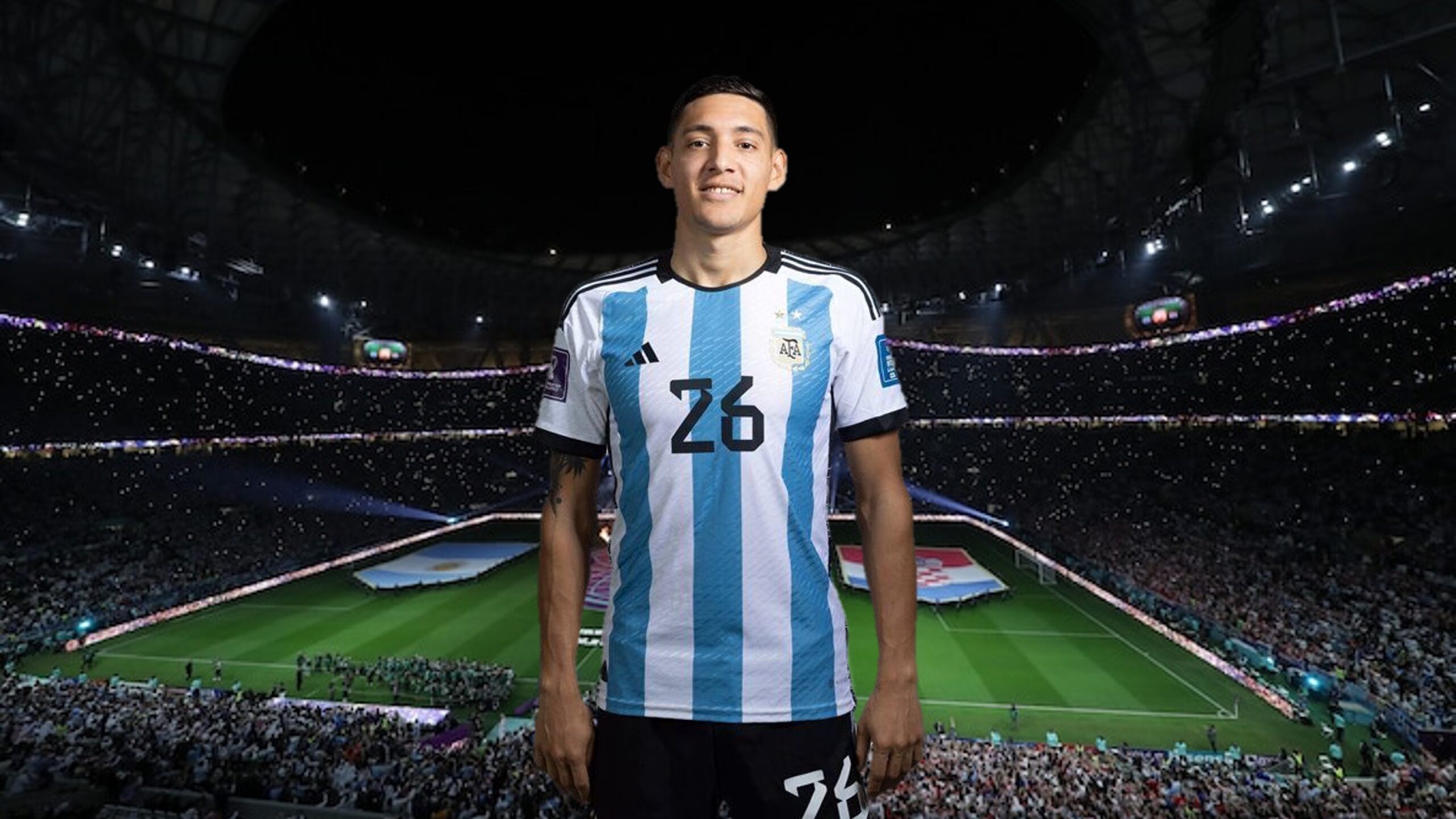
Leo Messi has found his new wingman. The seven-time Ballon d’Or winner forged a terrific society with Jordi Alba for over a decade at FC Barcelona and he now seems to have found a new partner at the Argentinian national team with Nahuel Molina. The 24-year-old right back from Atletico de Madrid has proven a very solid mutual game understanding with ‘La Pulga’, reaching its climax with the goal scored against the Netherlands in the World Cup quarterfinals.
Nevertheless, Molina’s role is not understood or praised by many in the public eye. Within the Argentinian national team, Molina’s impressive on-field chemistry with Messi allows him to create amplitude in areas of the pitch when Messi is more central, or likewise to “fill in the inner pockets” when Messi is open in the wing. That is why today we label Nahuel Molina as Argentina’s “Hidden Key”, to further comprehend his role and positive impact with his national team.
To conclude, Nahuel Molina has shown very good chemistry with Messi in the offensive phase, adapting his positioning on the pitch to provide an advantage to ‘La Pulga’ and offering progression options in depth when Messi is in possession of the ball. Out of possession, Molina shows great game understanding, anticipating transition and helping to rebalance the team. In summary, Nahuel Molina has shown a very solid level throughout the whole World Cup and, despite not receiving the attention of Julián Alvárez or Enzo Fernández, who has also been fantastic, he has played a key role to help Argentina reach their second World Cup final out of the last three editions.

